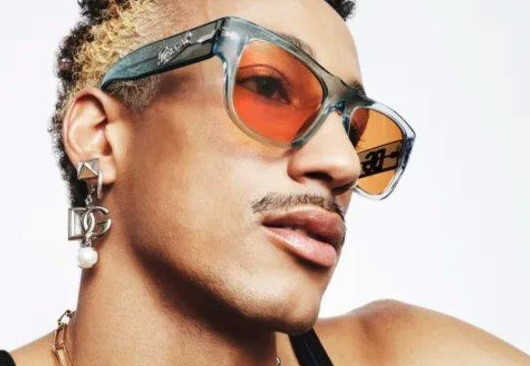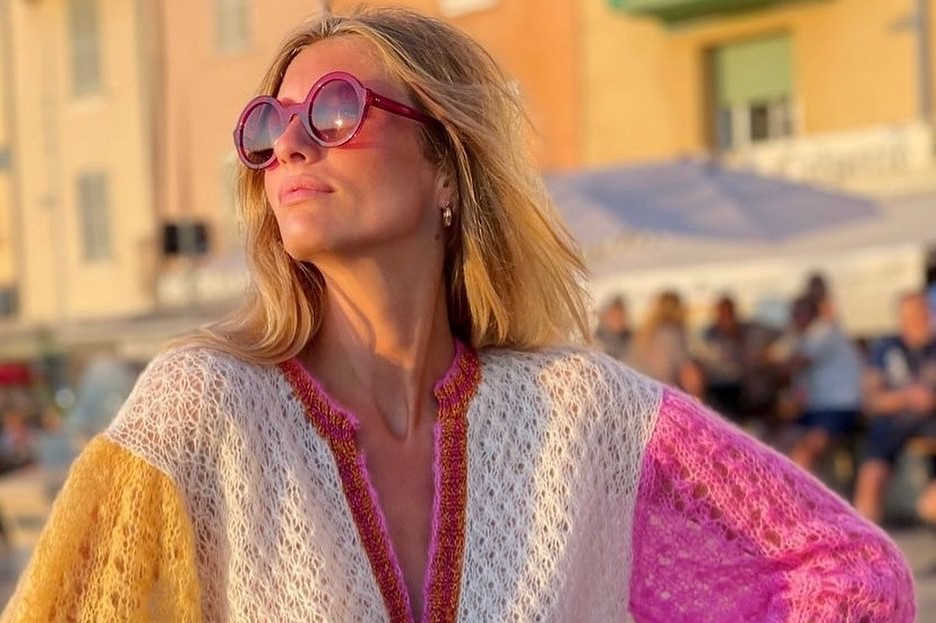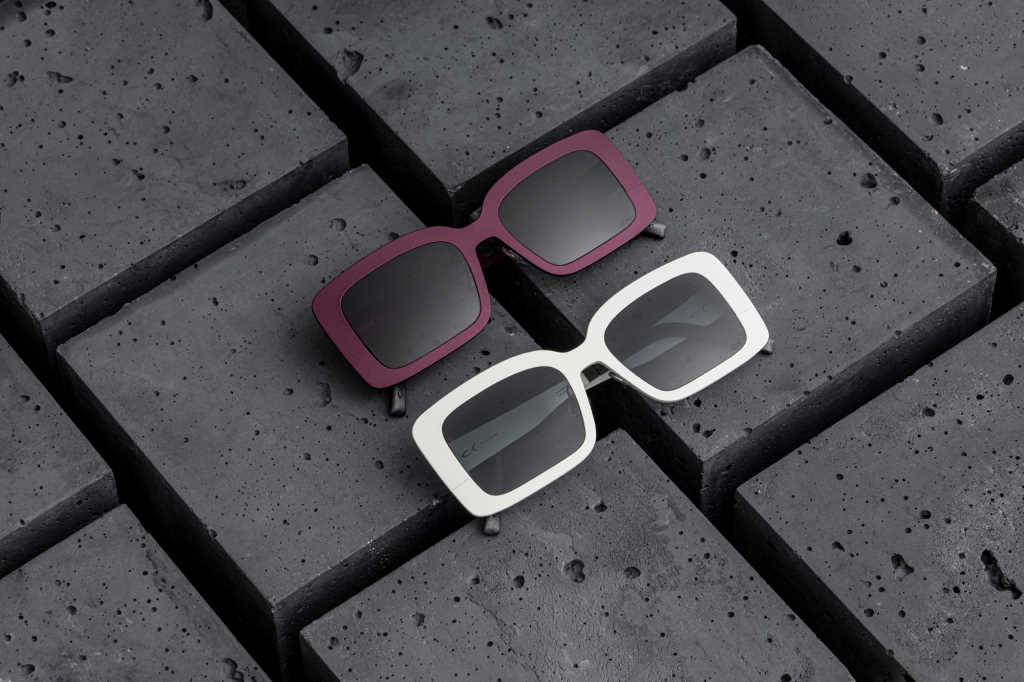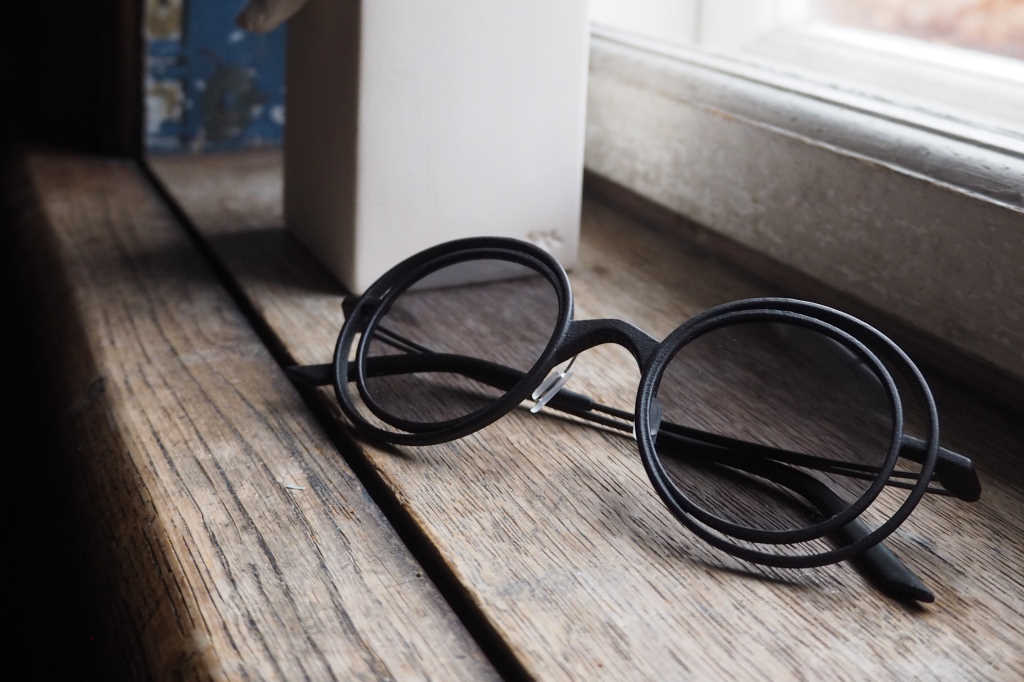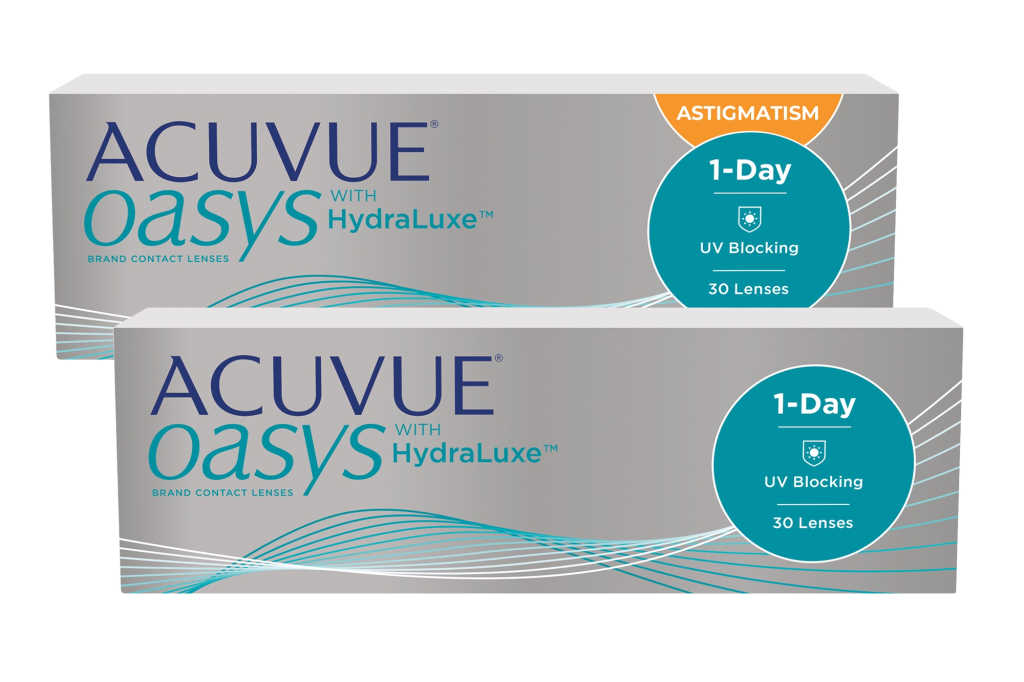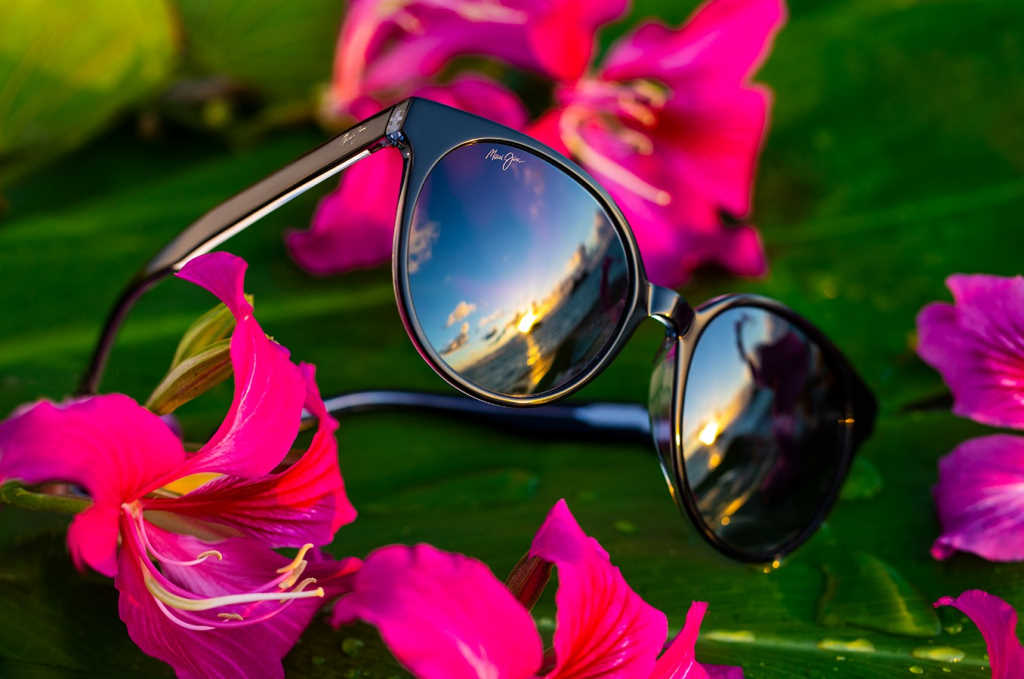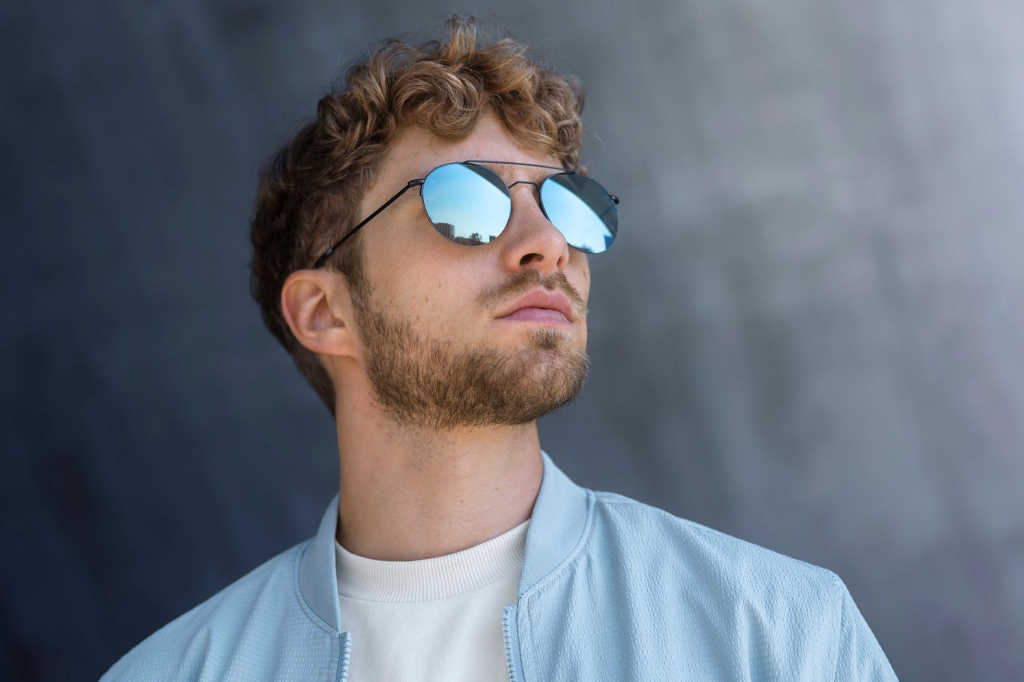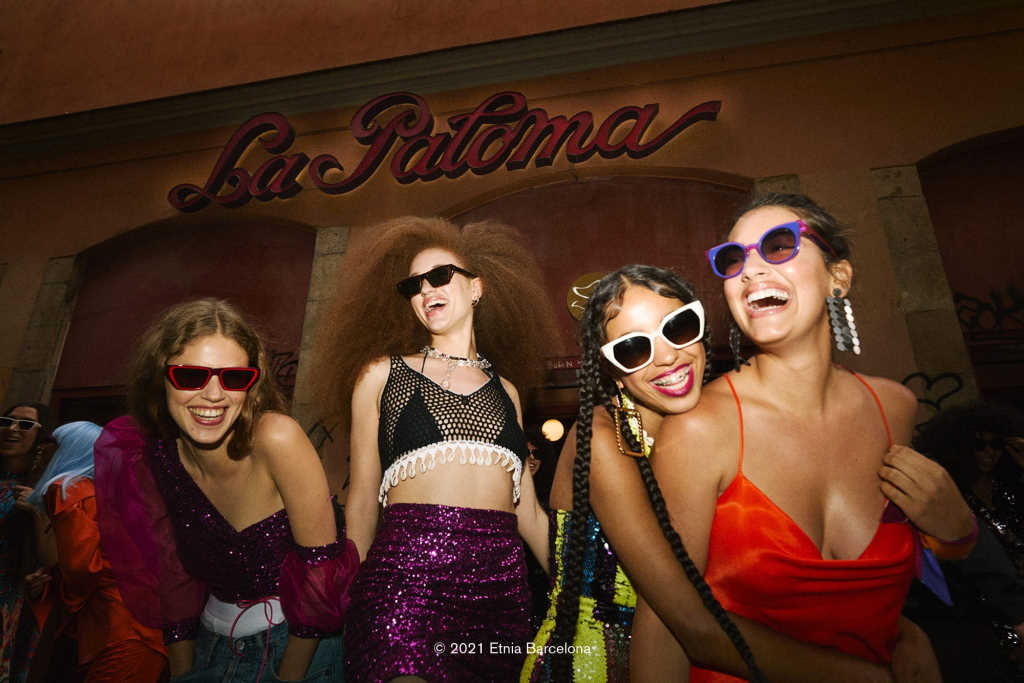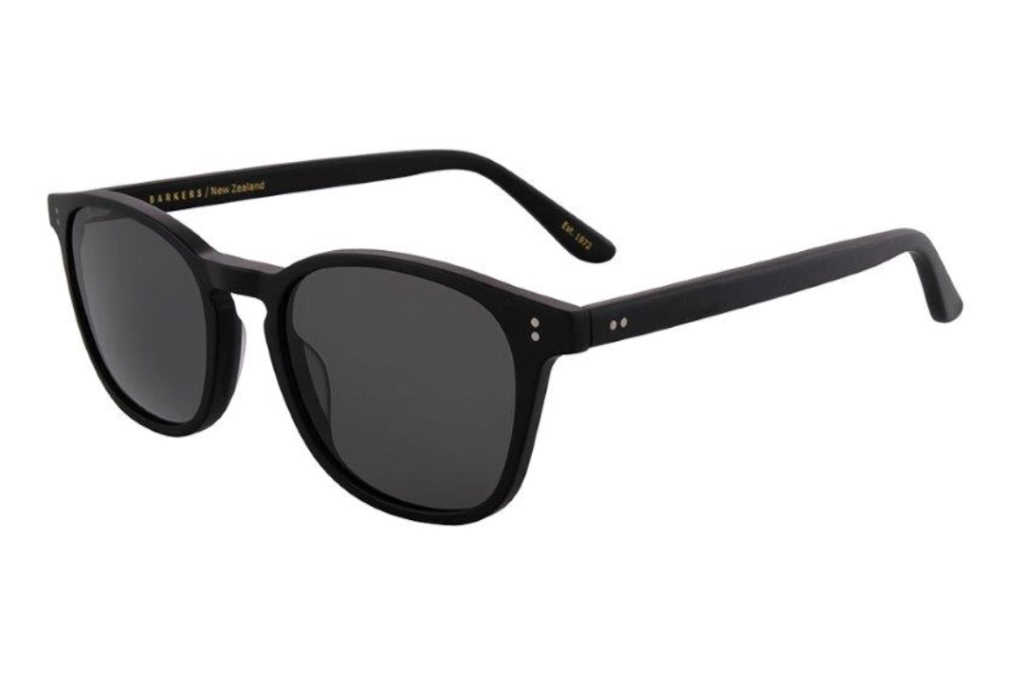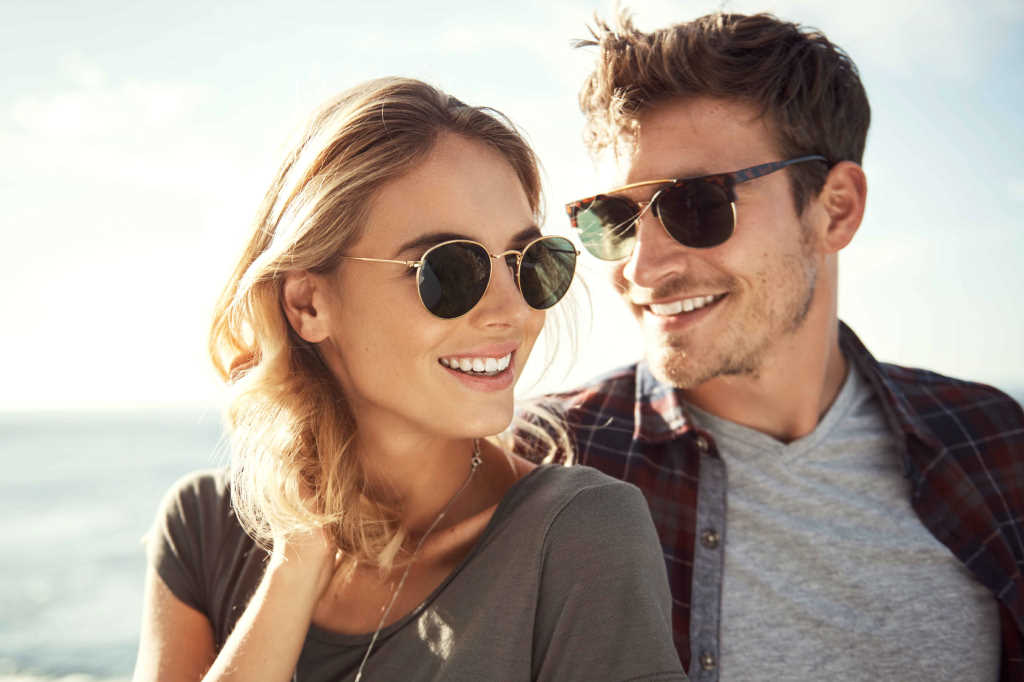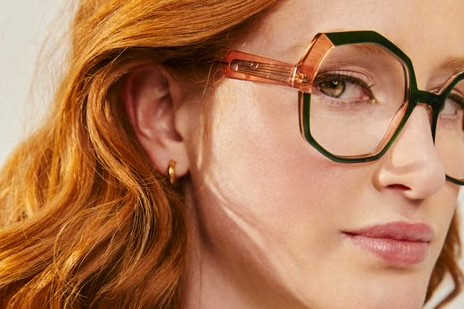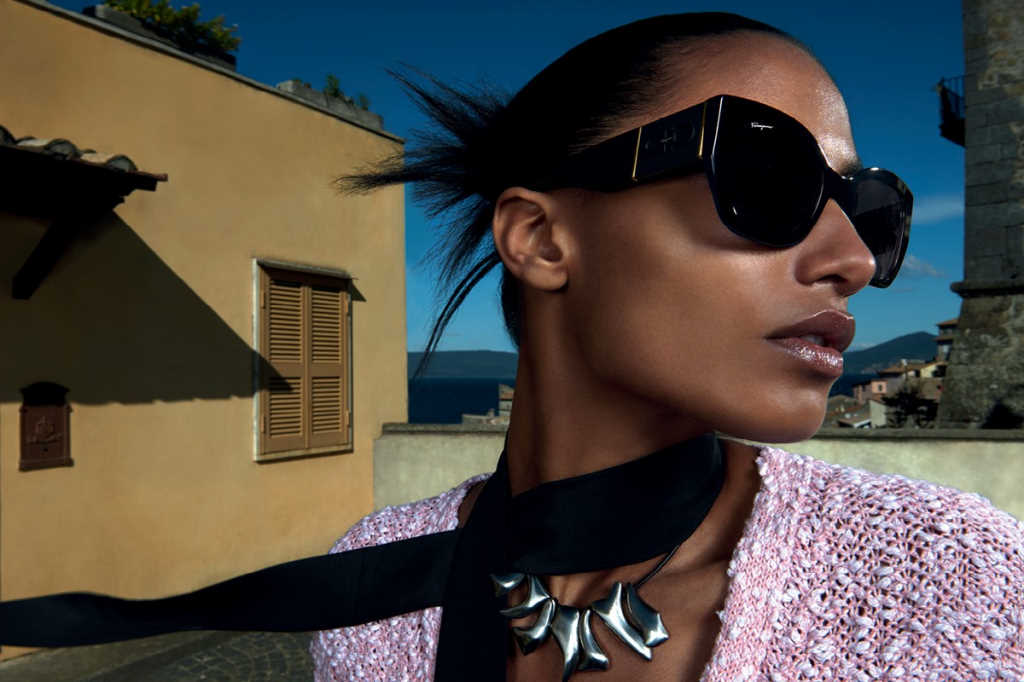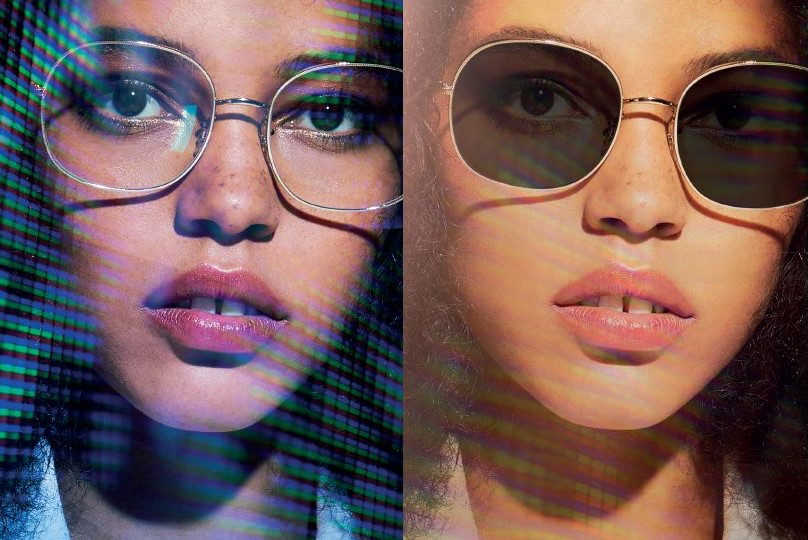Style, health and sustainability rock summer 2022
After a tricky couple of years of pandemic-inspired downturn, the sun is shining on the world of sunglass sales. According to a recent report by Mordor Intelligence, the sunglasses market is predicted to achieve a compound annual growth rate of more than 5% between 2022 and 2027. As sporting events, social engagements and general activity return to pre-pandemic levels, so does the value of this important sector.
A key driver in sales is public awareness of UV damage to eyes, notes Mordor’s report. More than ever, a sunglasses upsell has to be combined with healthcare and education to best protect your patients as well as take advantage of the health dollar. As the global cost-of-living crisis takes hold, consumers could easily dismiss sunglasses as a luxury, so it’s up to eyecare professionals to provide information to the contrary.
SUNNIES STYLE
While health might get customers over the line, it’s fashion that gets them through the door. So here are the top five style trends taking Europe and America by storm this summer.
Dare to be square
Robert Roope, founder of London based, great jazz musician-inspired Black Eyewear, recently told US fashion mag Woman & Home, “If you want to buy sunglasses to make a statement and add more character to your face, you should definitely go for angular and large frames."
A great way to soften rounded features and shorten longer faces, chunky, square acetate frames in bold colours also add a strong brow and offer a versatile statement piece for almost any occasion.
Perfect pastels
Acetate is top dog this season and pastels are scoring top marks. With consumers becoming bolder than ever in their eyewear choices, colour blocking with pastels is a popular new catwalk trend – check out Moschino’s ‘Ladies who lunch’ spring/summer ‘22 catwalk show. Whether it’s peach, lavender or baby blue, soft pastels are a bold and beautiful choice this summer.
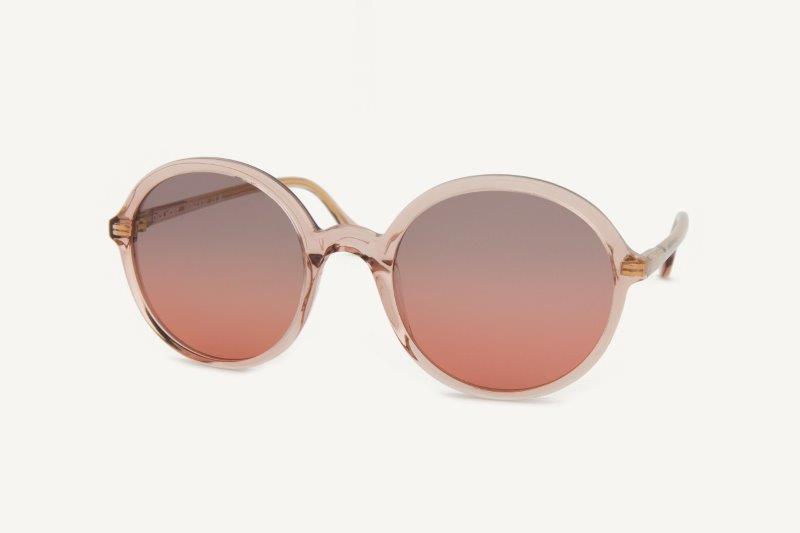
Perfect pastels: Dick Moby’s Tenerife
Gradient lenses
It’s oh-so-Kanye circa 2003 but we love it! British Vogue said it best when they coined the phrase ‘Y2K reloaded’ to describe the re-worked shapes and styles from 20 years ago taking the high street by storm. Nothing sums up the post-millennial eyewear era better than the gradient lens, preferably in a weird colour.

Gradient style with Tom Ford’s Sabrina
Paired with oversize or shield frames, you’ve got a winning look that most late teens wouldn’t be embarrassed to share with their middle-aged dad.
Be a maverick
Classic aviators will always be in, and over the last few seasons we’ve seen some great new takes on this 50-year-old look. Plus, with the Top Gun reboot fresh in the cinema, everyone wants to be Tom Cruise again. But, since most of us would rather not fly fighter jets upside down, donning some aviators are your best bet!
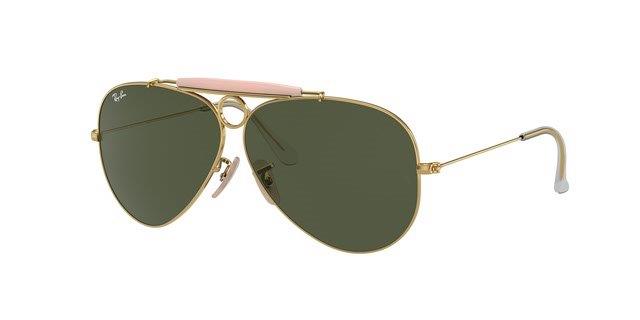
The classic aviator look: Ray-Ban’s Shooter
Be a beautiful butterfly
The cat’s eye has been the look du jour for a number of seasons, but this year’s catwalk attention has migrated to the butterfly. Bigger and bolder than the cat’s eye but offering a more gentle, vintage look, this versatile frame suits most face types and appeals to a high fashion, gender neutral crowd.
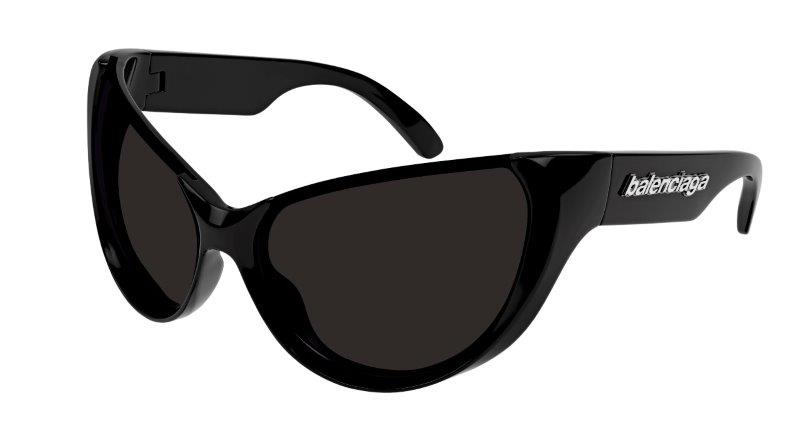
Balenciaga’s beautiful butterfly Xpander sunglasses
SUNNIES SUSTAINABILITY
At Silmo Paris 2021 and London’s 100% Optical fair in April this year, the buzzword was sustainability. Not just business sustainability post-pandemic, but environmental sustainability. Optics is an industry that has traditionally been quite intensive in its use of non-renewable raw materials, from single-use plastics on the medical side to virgin plastic frames and lenses on the style side. The message is firmly, ‘this needs to change’ and there are a lot of great manufacturers now going the extra mile in this sector to make this happen.
We’ve seen the big players launch great ranges this year, from Oakley, with its Reedmace and Leffingwell series of frames based entirely on bio-matter, to Arnette’s bio-acetate frames launched in partnership with former One Direction member Zayn Malik. Sungod performance sunnies and goggles, certified carbon-neutral by Climate Partner, has focused more on the circular economy than production methods, offering a lifetime guarantee and free repairs to prevent their frames ending up in landfill. But is it enough?

Limited Edition Sungod Zephyrs designed in collaboration with McLaren Formula 1 driver Lando Norris and made with 100% recycled frames
“You can’t just use bio-acetate and say you are sustainable, right?” says Robbert Wefers Bettink, one half of the Dutch sustainable eyewear company Dick Moby. “Sustainability is also about how you run your business and treat your people.” Dick Moby was one of the first companies to launch with a green message back in 2014. Bettink and his business partner Tim Holland were both surfers appalled by the plastic waste in our oceans. They launched the business to provide a practical solution – reclaimed ocean waste, made useful. But eight years on, they say sustainability is more than just using recycled materials; it starts with corporate social responsibility. “We are still small, so we can’t dictate like bigger brands can, but we visit every factory we use to make sure it’s a good partner – a good employer, safe, honest,” says Bettink. “We want to operate a fully sustainable brand.”
François van den Abeele is another entrepreneur using frame manufacturing to address wider sustainability problems. He launched Sea2See in 2015 and, like Dick Moby, uses recycled ocean plastic as the raw material. West African, Spanish, Portuguese and French fishermen collect plastic waste through a social enterprise partnership that empowers local communities and creates a source of income. Sea2See cleans up the environment, creates a product and pays people for their involvement.
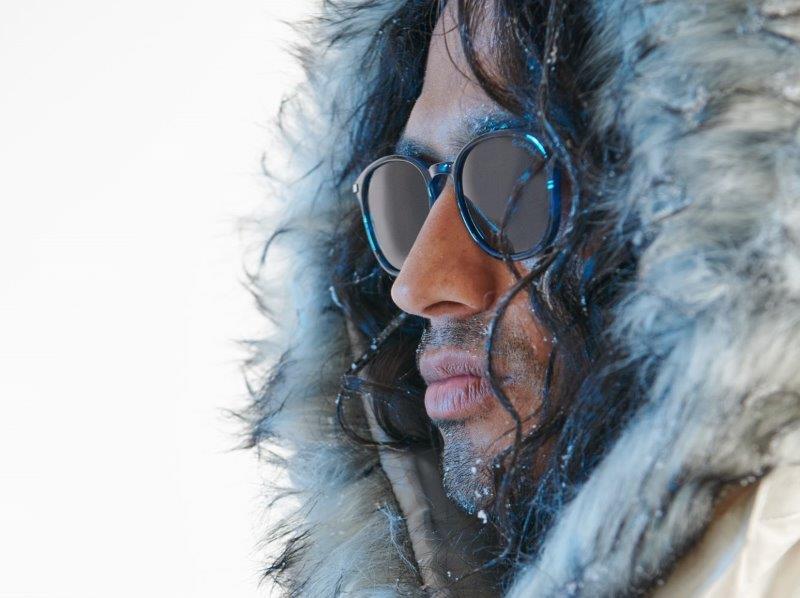
Sea2See Oceans Arctic, made from recycled
marine plastics
Increasingly, the hallmark of sustainable eyewear is not the material used but how the business itself operates for social and environmental good. British eyewear manufacturer Pala was founded by John Pritchard in 2016. The certified B-Corp (given to companies meeting high standards of verified performance across several factors, including sustainability) organisation is purpose driven to provide affordable eyecare to poorer communities in Africa. Modelled on the Toms shoe programme (for every pair bought, a pair of new shoes is given to a child in need, via a humanitarian organisation), Pala offers grants to partners in Africa based on sales of its frames, and offers customers the opportunity to upcycle old frames to reduce waste. “[Being sustainable] is making a better decision for planet and people,” Pritchard told The Industry magazine in 2020. “To do that means putting purpose before profit. That brings its own issues and pressures, but I genuinely believe that if you want to be a sustainable brand, you have to start the best you can be and look to make continuous positive changes as you grow.”
Bird, another British B-Corp, uses only bio-acetate and donates a percentage from every frame sold to Solar Aid, supporting solar power for remote families in Zambia and Malawi. In the US, Genusee manufactures sustainable frames from recycled water bottles and has based its operations in Flint, a small town whose water was contaminated with lead in 2014. Not only is it aiding local economic recovery, it also has a fund to support residents’ healthcare and education.
Telling your patient the story of a true social-good company could help them make a great choice of eyewear, help you upsell your sunglass products and help the planet on the long road to environmental and social recovery.
SUNNIES HEALTH
Since we moved back to the UK in late 2019, our family has engaged in a slow process of cleaning out the garage, hindered by my parents’ dumping boxes in there while we were away and Covid closing all the charity shops. We recently opened a box marked, ‘University – Final Year’. Instead of finding a load of dusty old textbooks, it contained a smorgasbord of random fashion items, including a pair of fake Versace sunglasses I bought from a street market in New York in the early 2000s.
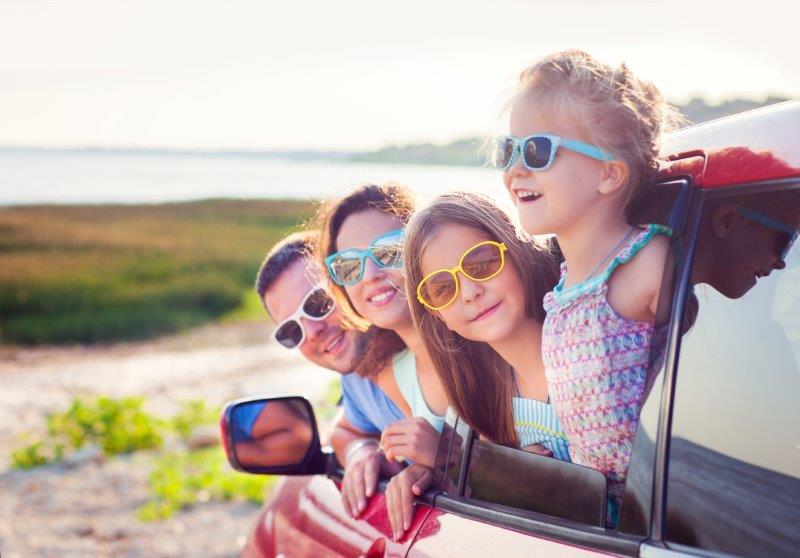
“Oh, I LOVE these!” my 14-year-old smiled, whacking them on his face. With his long hair and second-hand jumper, the oversized purple lenses made him look a bit Kurt Cobain. “Can I have them?” he asked. “Absolutely not,” I said. “These are going straight in the bin. They might look good, but they’re not safe.” Cue sad-face emoji… But I stand by my decision. Those glasses had zero UV protection, something I didn’t appreciate was important in my youth. The last time I wore them I suffered an episode of photokeratitis!
(S)unconscious
Earlier this year, the American Academy of Dermatology published a study showing most Americans said sun protection was more important to them now than five years ago, although most admitted they didn’t understand how to protect themselves from UV rays (UVR). A 2014 study from China revealed that most of the subjects knew the effects of UVR on skin cancer (95.6%) and sunburn (92.2%), but fewer knew that eye damage can result from UVR (27.8% cataract and 3.1% pterygium). Most subjects admitted taking measures to prevent sunburn but not to protect their eyes.
In New Zealand, we think of ourselves as being sun savvy, but a 2020 US meta-analysis (Heckman et al, 2020) noted that less than 50% of participants in a New Zealand study knew about the ultraviolet radiation index (UVI). Among those that did, there were a lot of misunderstandings, such as associating UVI with temperature and not realising UVI changes during the day, peaking around noon.
Sunglasses are still perceived as a style item, so upselling sunglasses to clients hinges on them understanding the health benefits. Even if you don’t sell sunnies yourself, all eyecare professionals have a duty of care to help ensure patients know how to choose sunglasses that will keep them safe and understand:
- UVA (longer wavelength, associated with skin aging) and UVB (shorter wavelength, associated with skin burning) protection can reduce the risk of macular degeneration, cataracts, pterygia and even, some suggest, ocular cancers
- Your eyes can get sunburnt – photokeratitis is a painful condition with ongoing risks
- Sunglasses need to block both UVA and UVB rays, fit close to your face and meet the AS/NZS 1067:1:2016 standard with a level 3 or 4 lens.
So slip, slap, slop and wrap, with properly graded sun lenses and a large amount of style, and we’ll all be set for summer.
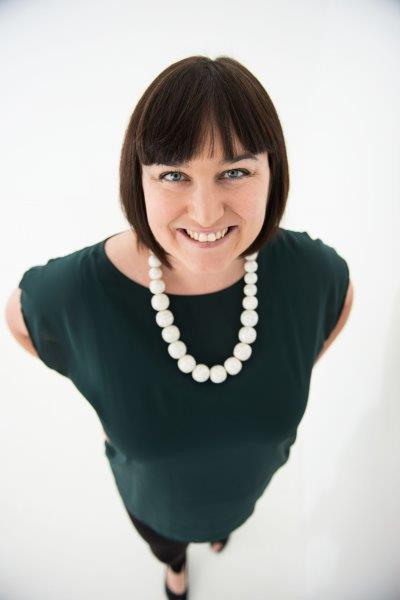
Freelance writer Jai Breitnauer divides her time between New Zealand and the UK. She lives with her husband and two children in Bristol and is a regular contributor to NZ Optics.









